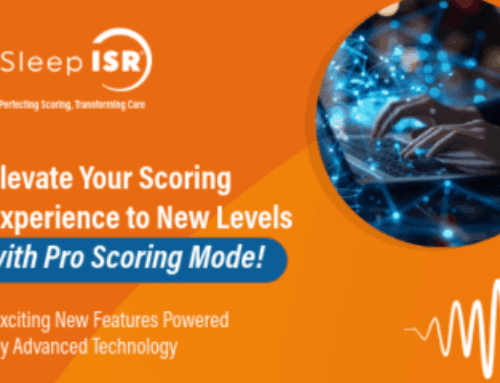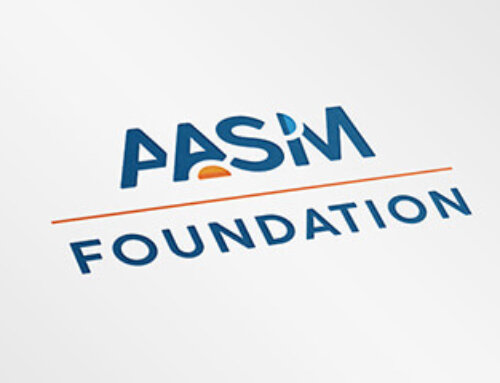Westchester, Ill. – A study in the Sept. 1 issue of the journal Sleep is the first to objectively determine the prevalence of periodic limb movements during sleep (PLMS) in a population-based sample, finding a lower prevalence of PLMS in African-Americans and a higher rate of insomnia complaints in people with PLMS.
Results show that the overall prevalence of PLMS is 7.6 percent, with a lower prevalence of 4.3 percent in African-Americans and a higher prevalence of 9.3 percent in Caucasians. Complaints of insomnia are reported by 45 percent of people with PLMS, compared with only 25 percent of people without PLMS.
“The study is consistent with the idea that genetic factors may play a role in the development of PLMS,” said principal investigator Christopher L. Drake, PhD, senior bioscientific staff at the Sleep Disorders and Research Center at Henry Ford Hospital in Detroit, Mich.
According to the American Academy of Sleep Medicine, PLMS involves uncontrollable, repetitive muscle movements such as extending the big toe or bending the ankle. These frequent movements occur in one or both legs during sleep and often result in brief arousals, and in some cases, full awakenings from sleep.
The AASM also reports that low brain iron may play a role in worsening PLMS. According to the authors, studies demonstrate higher iron stores in African-Americans, providing a possible explanation for the racial differences found in the study. The results also are consistent with previous findings of racial differences for PLMS in children as young as five to seven years of age, suggesting that the racial differences found in adults may be present from an early age and pointing to potential genetic factors.
Data were collected as a part of a larger epidemiological study on daytime sleepiness in the general population of tri-county Detroit. The final sample included 592 individuals between the ages of 18 and 65 years, with an average age of 42 years. African-Americans made up 31.5 percent of the study group.
Participants were evaluated during a 24-hour laboratory assessment, which included an overnight polysomnogram and a five-nap, daytime, multiple sleep latency test. Participants also recorded sleep diaries two weeks prior to the laboratory assessment.
PLMS was defined as an average of 15 or more leg movements per hour of sleep. Individuals with PLMS were slightly but significantly older. Self-reported symptoms of either sleepiness or sleep disturbance were higher in participants with PLMS (56 percent) than in those without PLMS (29 percent).
Information for patients and the public about PLMS is available from the American Academy of Sleep Medicine at http://www.sleepeducation.com/Disorder.aspx?id=10.
Sleep is the official journal of the Associated Professional Sleep Societies, LLC, a joint venture of the American Academy of Sleep Medicine and the Sleep Research Society.
For a copy of the study, “Periodic Limb Movements during Sleep: Population Prevalence, Clinical Correlates and Racial Differences,” or to arrange an interview with an AASM spokesperson, please contact Kelly Wagner, AASM public relations coordinator, at (708) 492-0930, ext. 9331, or kwagner@aasm.org.
###




